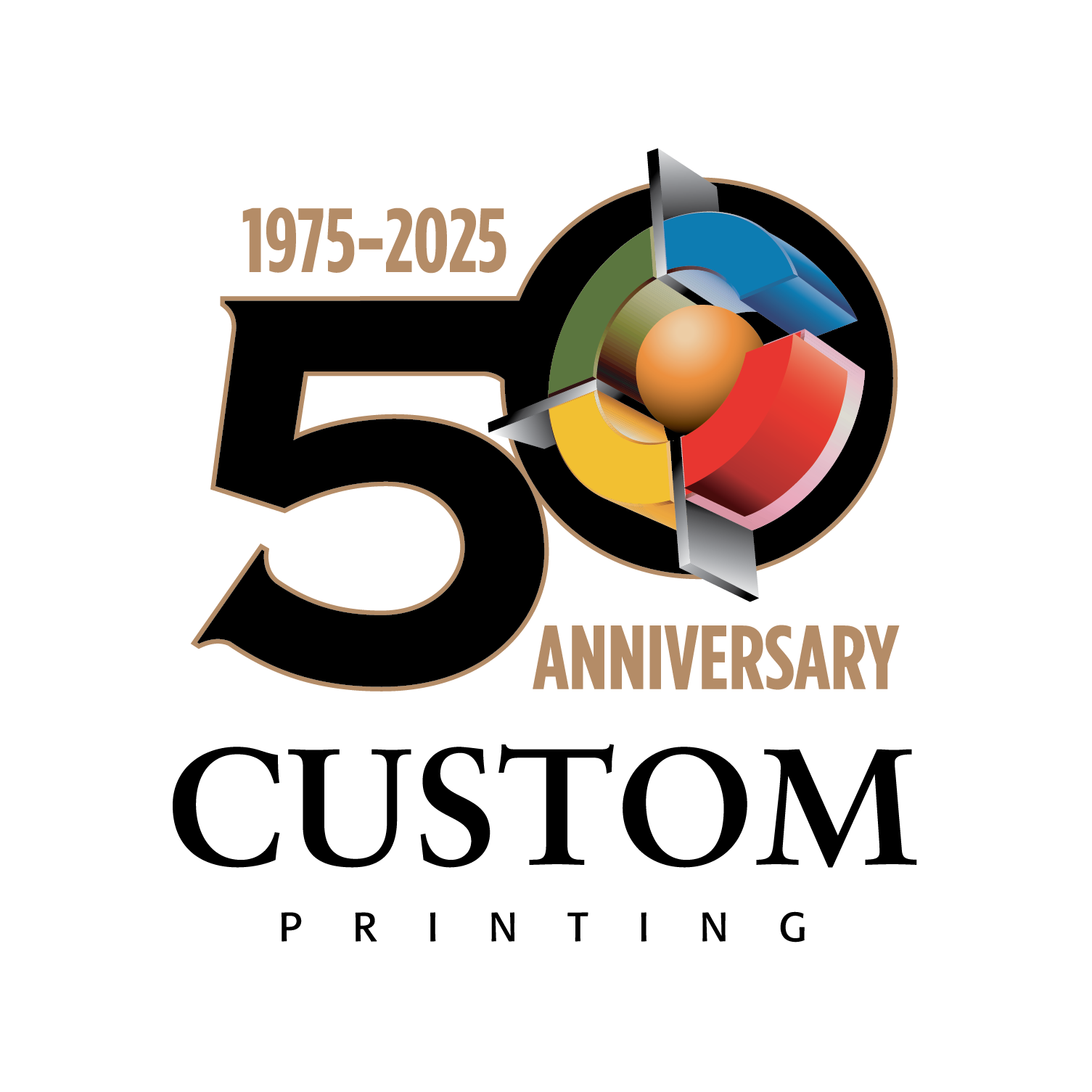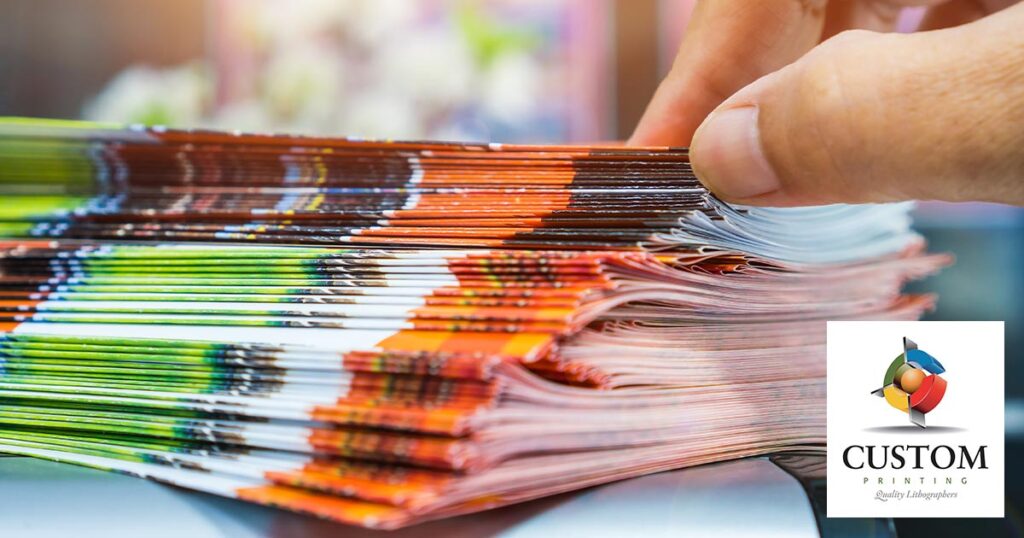A good brochure needs to be designed so that it catches the eye. Whether it is to be a tool for information or for marketing purposes, it has to stand out and contain a great deal of information. Various templates can be followed to help you with the design, though there are plenty of things that you should know before sending a brochure off for printing.
The Elements of a Good Brochure Design
Brochures can vary in size and content. Regardless of why it is that you’re producing a brochure, there are some elements to consider.The Purpose
What are you hoping to achieve by creating a brochure? Many individuals and companies feel they need one because it is a popular print marketing tool. However, before you can begin designing the tool, you need to make your objectives clear. Common objectives for a brochure include:- Educating
- Marketing
- Sharing statistics
- Introducing a product line


